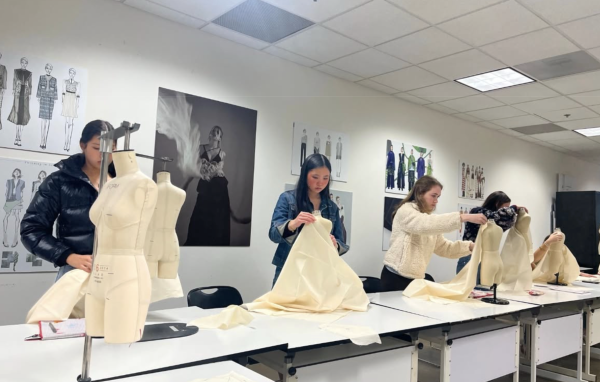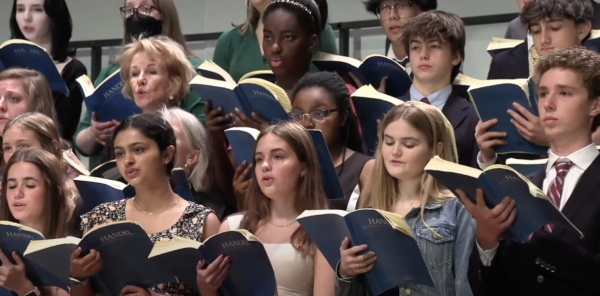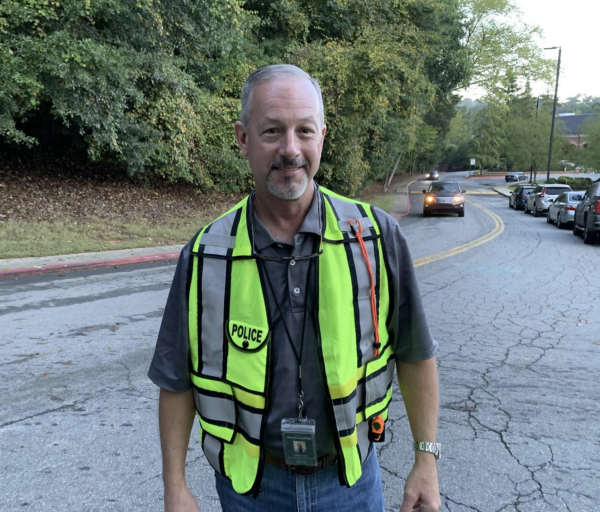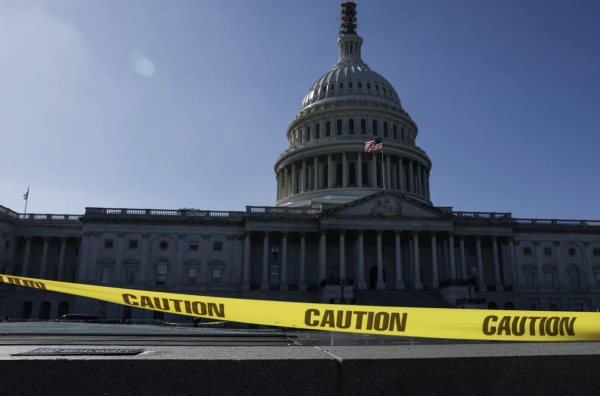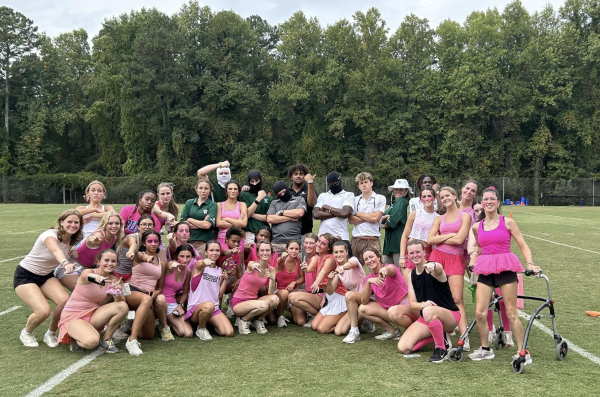A Divided City: senior filmmakers explore Atlanta’s borders
Seniors Sam Cohn and Jonas Du, both leaders of StudioW, have recently used their creative filmmaking skills to branch into documentary filmmaking. As part of the independent study program, Cohn and Du created a documentary called A Divided City, which focuses on the divisions present in Atlanta neighborhoods and how borders in the city have been redefined by racist policies.
“We all live in or around this city, a lot of us for most of our lives, and we don’t realize when we’re driving down the street, or walking down the street, or going to various places in the city that Atlanta is so rich and full of history,” said Du. “That the very places that we set foot in every day, that we drive in every day, have a unique history that has contributed to its existence and the way we interact with these elements today.”
Performing arts chair Kate Morgens, one of Du and Cohn’s faculty advisors, was nothing but complimentary of their work.
“They did everything. They did a really, really extraordinary job putting this all together themselves. The hardest thing as a filmmaking teacher, from my perspective, watching what they learned how to do, was to go from in the summer, having a team of creative people together making movies, to just the two of them doing all of the research, all of the interviews and timelines, finding pictures and clips, storytelling, and shooting all this footage,” said Morgens. “Going from a team to just two of them was a really hard thing. Also, learning the documentary techniques was so much harder than anyone realized.”
The pair chose to make a documentary in order to explore documentary filmmaking and learn how to tell real stories in an engaging manner. The process is relatively straightforward, though time consuming.
“In making the documentary, we started by doing research over the summer and each writing literature reviews,” said Cohn. “We conducted interviews with important figures like Mayor Keisha Lance Bottoms to get a better perspective on our research. Then, we went out and got all of our shots for the film, mainly drone and handheld shots. We used these shots to fit within our outline and script from the film and put it all together,” said Cohn.
They split up research over the summer. Du researched inner-city borders and neighborhood transitions, while Cohn focused on suburbanization and the development of edge cities and urban sprawl within Atlanta. Their comprehensive research and interviews highlighted the complexities lying beneath the structure of Atlanta and its surrounding neighborhoods.
“The project sought to explore Atlanta’s urban-planning history and how different kinds of borders – racial, socioeconomic, political – have shaped the city into what it is today,” said Du. “We first looked at inner-city borders. What was happening around the civil rights movement, what was happening as black veterans were coming home from World War II, expanding black neighborhoods into neighboring white areas, causing a lot of outrage and provocation among white working class neighborhoods, and how that fueled white flight away from the inner city and into the suburbs.”
Du also ties Atlanta’s urban-planning history into this idea.
“City leaders are trying to either maintain the status quo, or adapt to it. Atlanta’s urban-planning history is very unique,” said Du.
Atlanta has been historically known as “The city too busy to hate,” but in reality, city leaders opted to divide the city in order to avoid racial tensions.
“Highways were a major tool used to do that. The highways were built not only to help the working-class white people who had moved out to the suburbs commute into the city, but they also were routed in such a way as to divide existing neighborhoods and serve as a barrier between them,” said Du.
City leaders have now started to attempt to reverse these trends, in order to reintegrate divided communities. The Atlanta Beltline is an example of a major project attempting to bring Atlanta together.
“The impacts have been mixed because of gentrification and the underlying racial and social wealth gap. Even though it’s trying to bring together different neighborhoods, it’s driving up land costs and standard of living, which is driving a lot of the original community out and creating a reverse white flight back into the city,” said Du.
Du provides a specific example of the film’s focus, talking about the effects of I-75, a highway many of us drive on every day.
“That was one of the highways that was created in response to white flight but also to divide neighborhoods in the city. Westminster was founded leading up to the civil rights movement. A lot of the private schools in the area were formed as a segregationist response to the forced integration of public schools. The places we interact with everyday in the city are shaped by history, and borders are present all around us whether we realize it or not,” said Du. “That’s the main takeaway: to help people become more aware of the environment in which they live and the history behind it.”

